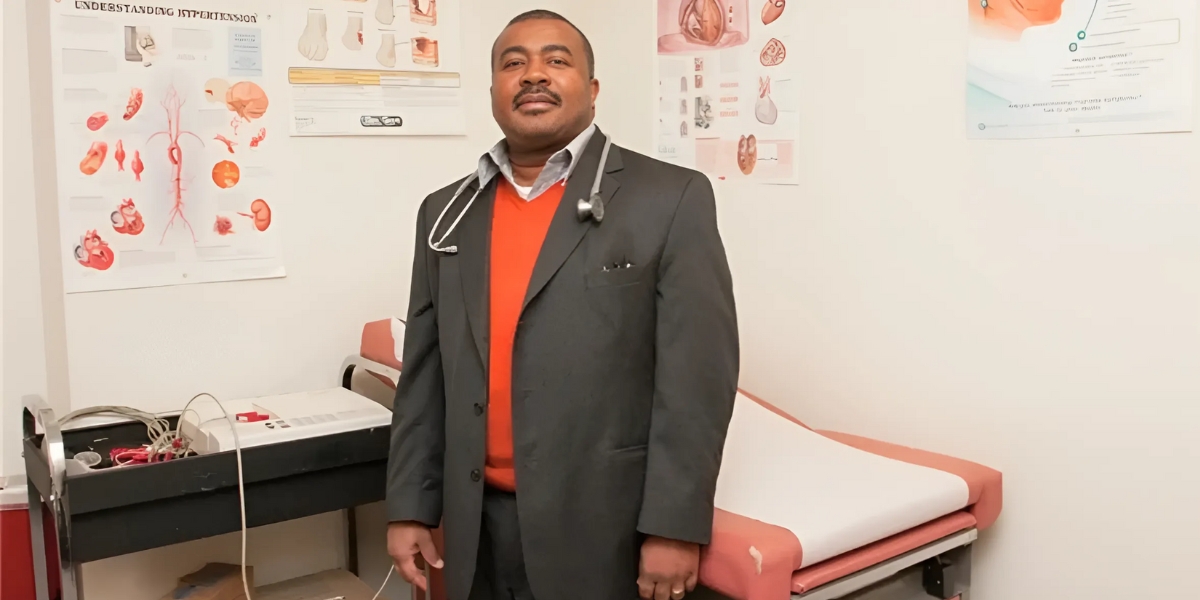In Central America, where natural disasters like hurricanes, earthquakes, and volcanic eruptions frequently challenge the resilience of communities and governments, improving emergency response systems is not just a priority but a necessity. Information and Communication Technology (ICT) stands out as a transformative tool in this realm, offering new ways to enhance the efficiency and effectiveness of emergency responses. This article explores how ICT solutions can revolutionize emergency management across Central America, making it faster, more responsive, and more efficient.
Strengthening Early Warning Systems
One of the critical components of effective emergency management is the capability to predict and warn against impending disasters. ICT can significantly amplify these capabilities through advanced sensing technologies, data analytics, and communication networks. By integrating seismic sensors, satellite imagery, and meteorological data into a unified system, emergency response teams can monitor disaster precursors in real-time, providing accurate warnings to at-risk populations.
Real-Time Data Collection and Analysis
ICT enables the collection and analysis of large volumes of data in real-time. For instance, using sensors placed in critical areas, data can be gathered about rising water levels during a flood or seismic activity that may indicate an earthquake. This data can be instantly analyzed to assess risks and make predictions, enabling authorities to issue timely warnings and evacuation orders.
Coordinating Disaster Response
Once a disaster strikes, coordination among various response teams is crucial. ICT can streamline this coordination, ensuring that resources are deployed effectively and efficiently. Communication technologies like mobile apps, satellite phones, and online platforms can keep different teams interconnected, even in environments where traditional communication infrastructures might have failed.
Mobile Command Centers
Deploying mobile command centers equipped with ICT tools allows for flexible and dynamic management of emergency operations. These mobile centers can access satellite communications to maintain connectivity in severely affected areas, facilitating real-time updates and decision-making processes.
Enhancing Public Communication
Effective communication with the public is vital during emergencies. ICT provides multiple platforms through which timely and accurate information can be relayed to the public to ensure their safety.
Social Media as a Tool
Social media platforms have become crucial in disseminating information quickly. Authorities can use these platforms to provide updates, corrective measures, and even to debunk rumors that may lead to panic. They also allow for two-way communication; the public can share updates and feedback about the situation on the ground, which can be invaluable to rescue operations.
Mass Notification Systems
Through ICT, governments can implement mass notification systems that send instant alerts to mobile phones about impending or ongoing disasters. This system ensures that even those remote or hard-to-reach populations receive the necessary information swiftly.
Improving Resource Management
ICT can optimize the management and allocation of resources during emergencies. Databases and resource management software can track the availability of medical supplies, shelters, food, and water, ensuring they are distributed where needed most urgently.
Drone Technology
Drones equipped with cameras and sensors can be deployed to survey disaster-stricken areas. They provide real-time images and data back to the command center, helping identify which areas need more resources and which routes are safe for delivering these resources.
Training and Simulations
Ongoing training is essential for effective emergency response. ICT can enhance training programs through simulations and virtual reality (VR), allowing response teams to experience realistic emergency scenarios and practice their skills in a controlled, virtual environment.
Virtual Reality Training
VR provides a safe space for emergency personnel to train in various disaster scenarios, including those that are rare or difficult to replicate in real life, such as chemical spills or volcanic eruptions. This method of training can significantly improve the readiness and response capacity of teams, reducing the time it takes to mobilize during actual events.
Grupo Visión’s Role in Enhancing Emergency Response
Grupo Visión, a leader in providing ICT solutions in Central America, is well-positioned to drive these advancements in emergency response systems. With its expertise in developing scalable and sustainable technology solutions, Grupo Visión can partner with governments and NGOs to implement systems that enhance disaster preparedness and response efforts across the region. Their work not only demonstrates the potential of ICT to improve emergency responses but also emphasizes the importance of technology in saving lives and reducing disaster impacts.
Conclusion
As Central America faces the challenges of natural disasters, the integration of ICT in emergency response systems offers a beacon of hope. With the right technologies, strategies, and collaborations, the region can enhance its emergency preparedness and response capabilities, ultimately saving lives and reducing the economic and social impact of disasters. Companies like Grupo Visión play a pivotal role in this transformation, showcasing how technology can be leveraged for the greater good. Through continued innovation and strategic partnerships, ICT can indeed transform emergency management in Central America, making it more responsive, efficient, and effective in the face of adversity.
Published by: Nelly Chavez









